Featured Image: Courtesy of Atomic
Lengths: 161, 169, 177, 185 cm
DIM: 128-95-116 mm
Radius: 18 m @ 177 cm
Open Atomic’s almost 300-page product catalog and you’ll notice what the company is prioritizing these days. Beneath beautiful imagery from the Austrian Alps, Atomic’s home where glaciers saw a new record mass loss for a single year in 2022, the company calls for radical action on the climate crisis.
Atomic is committed to reducing its environmental impact, and it shows when they headline their entire product line with a touring ski. Two years ago, the Backland 85 became the first ski in its range to undergo a lifecycle assessment (LCA), a scientific tool validated by a third party that paints an accurate picture of a product’s impact, from raw material extraction to end of life treatment. The biggest culprit? Raw materials with fiberglass and resin components contributing most to the ski’s overall carbon footprint. Atomic’s designers started from scratch, seeking new tools to develop three lower-impact prototypes while always focusing on improving on-snow performance.

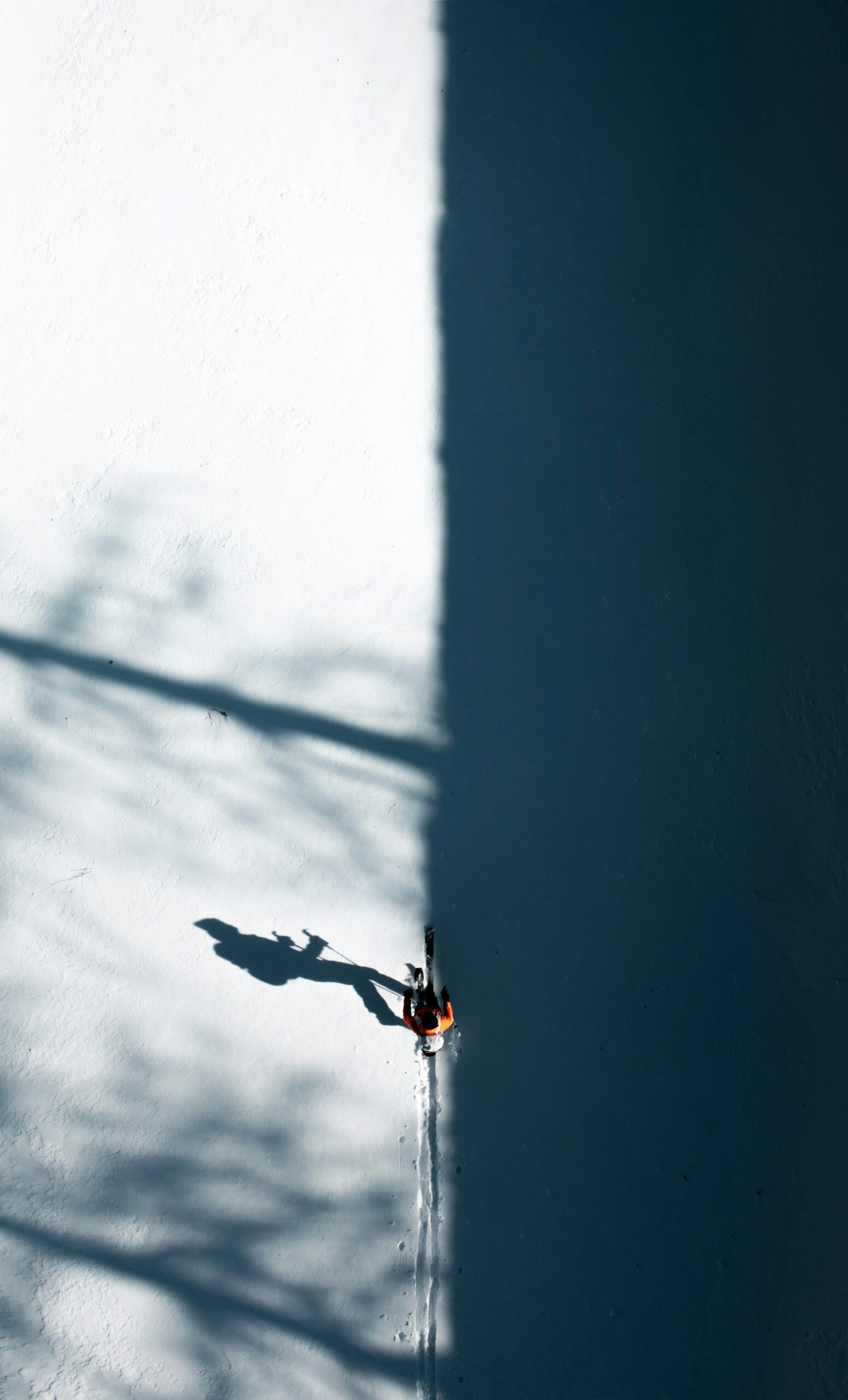
SKIER: Hermann Maier PHOTO: Courtesy of Atomic LOCATION: Austria
The resulting all-new Backland 95 is made from locally sourced, ultra-light and durable poplar wood and uses significantly less fiberglass, resin and metal. The new sustainable materials and eco-friendlier core profile reduce production waste and cut CO2 emissions by an average of 30 percent. “That’s half a kilo of CO2 per pair of skis,” says product manager Markus Rehrl.
Rehrl says the North American market is demanding more downhill performance in skis and boots and that Atomic only wanted to lower the footprint of the product if it also increased performance. “Our main focus—our daily task—is to increase the performance of our skis.”
The most versatile ski in the Backland collection, the 95 performs in the widest range of snow conditions and terrain. Credit Atomic’s new All-Terrain Profile, which changes the thickness curve (it’s thicker towards the tip and tail), increases the torsional stiffness and evens out the flex pattern to create a revolutionary sidecut and ski shape that excels both on and off the groomer. “It’s easier to ski—there’s a wider sweet spot and it’s more forgiving, especially if you’re carrying a backpack while touring,” says Rehrl.
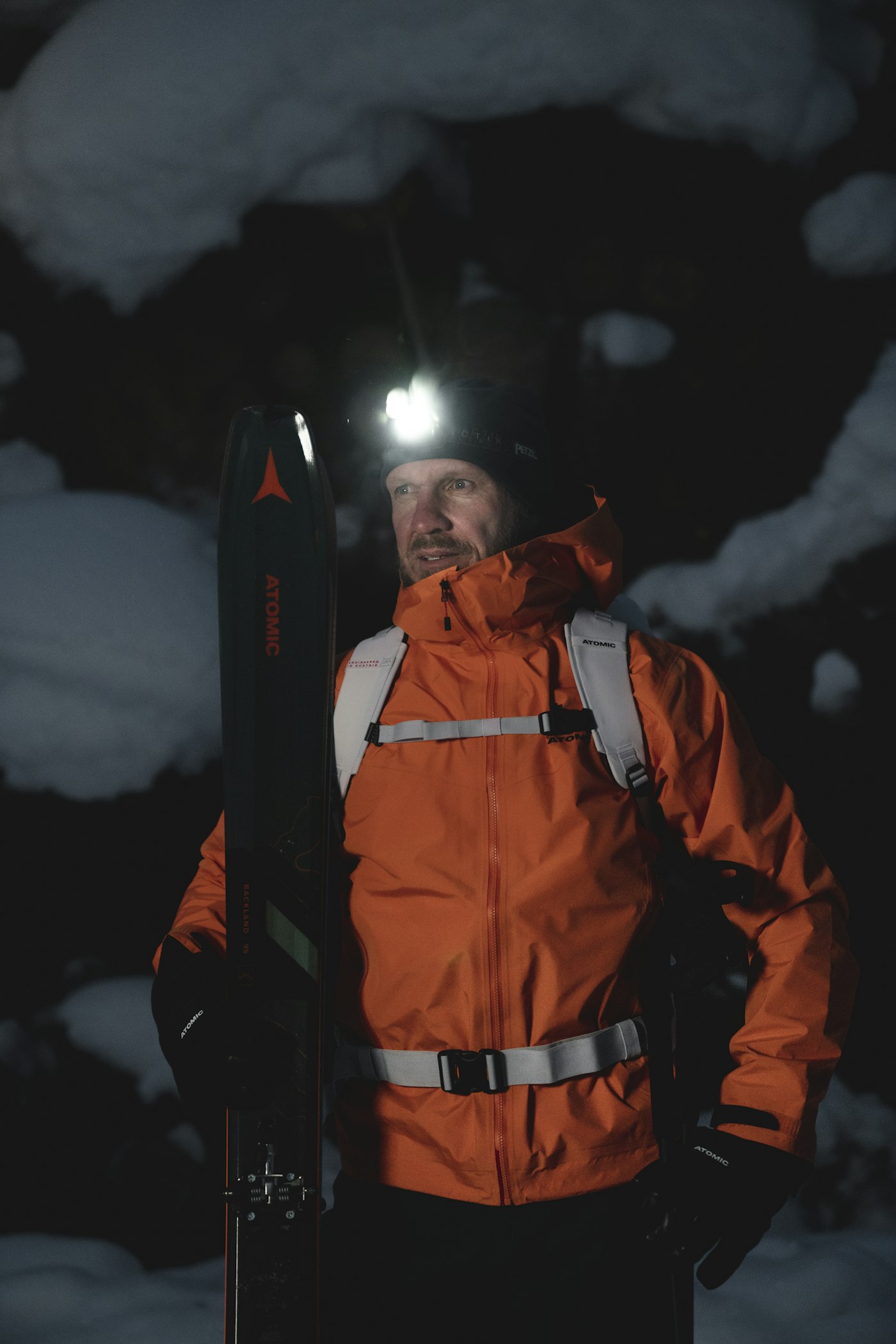
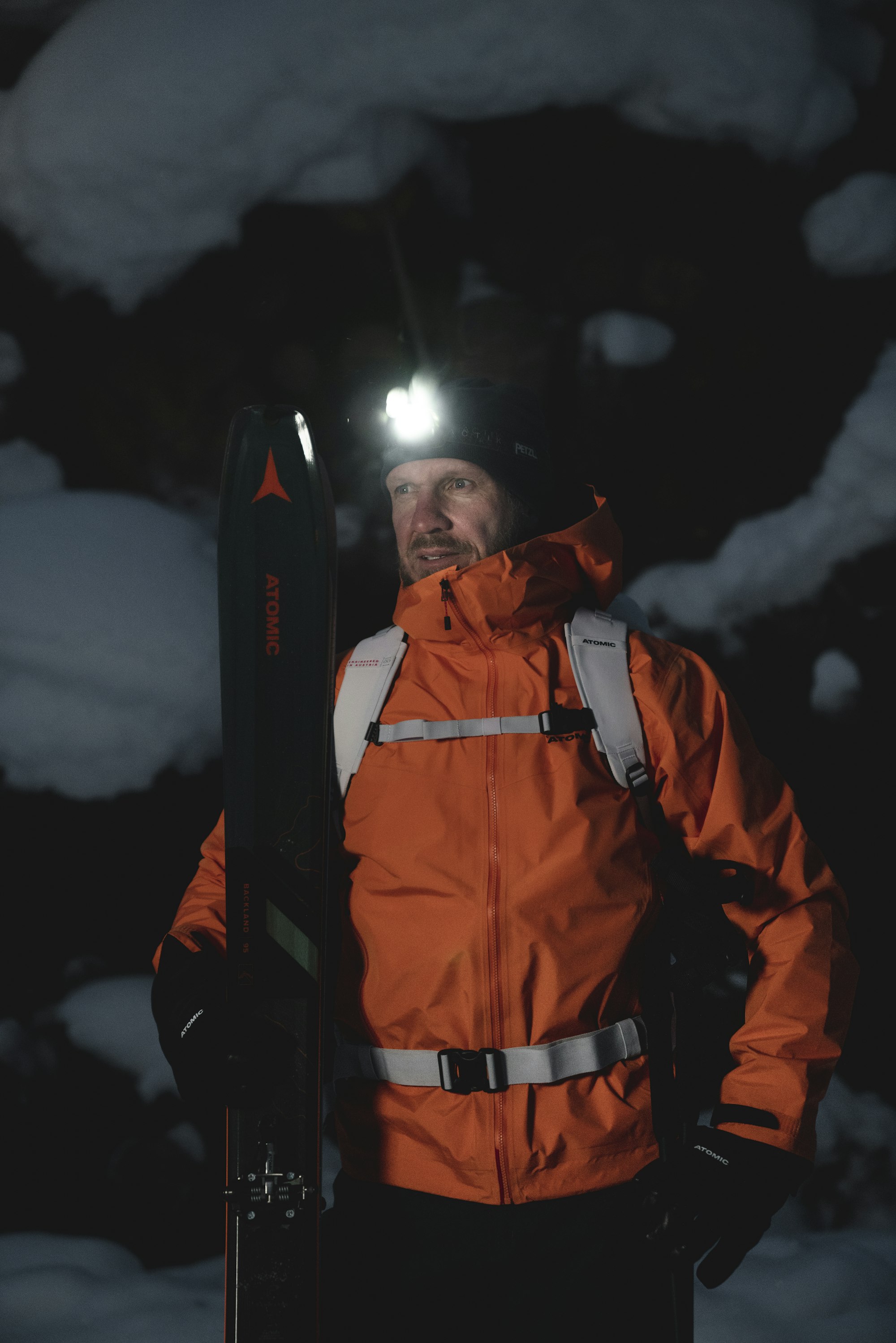
“It’s a ski touring machine,” says Daron Rahlves. “It feels crazy lightweight climbing and holds strong edge grip on firm snow down. This ski is your best friend on long approaches and skiing any condition under six inches of fresh.”
Rahlves and Atomic athletes from Hermann Maier to Mathieu Navillod have always appreciated the Backland’s damp, powerful and stable ride, but the new version increased the rocker by 30 percent, while maintaining the same turn radius. And its gains in float and maneuverability haven’t reduced its stability. HRZN 3D means the ski is uniquely beveled into a 3D tip that floats through powder and chop, and the perforated material reduces swing weight for increased agility, as well as uphill performance. Dura Cap sidewall provides enhanced durability as well as creating exceptional power transfer to the edge of the ski, helping with edge grip.
“The feedback was consistent—it’s more lively, more powerful, more predictable,” says Rehrl. “It’s a great climber, and the downhill skiing performance is better than ever.”
The new, lower-impact design is featured in Backland skis between 85–95-mm, and proves the process works. Moving forward, Atomic is conducting LCAs on every product it redesigns, when new construction allows the opportunity to improve performance and reduce impact. With the all-new Backland XTD boots and the redeveloped Backland Summit pin binding, it’s a complete package you can feel good about skiing on.
![[Deep Dive] Atomic Backland 95 Review](https://www.datocms-assets.com/163516/1751468035-hermann_maier_touring_2023_2024_8-jpg-high-res.jpeg?auto=format&bg=FFFFFF&w=100)
![[Deep Dive] Atomic Backland 95 Review](https://www.datocms-assets.com/163516/1751468035-hermann_maier_touring_2023_2024_8-jpg-high-res.jpeg?auto=format&bg=FFFFFF&w=1200)


![[GIVEAWAY] Win a 4-Night Karma Campervan Rental and go Ski the Powder Highway](https://www.datocms-assets.com/163516/1767816935-copy-of-dji_0608-1.jpg?w=200&h=200&fit=crop)

![[GIVEAWAY] Win a Legendary Ski Trip with Icelantic's Road to the Rocks](https://www.datocms-assets.com/163516/1765233064-r2r26_freeskier_leaderboard1.jpg?auto=format&w=400&h=300&fit=crop&crop=faces,entropy)
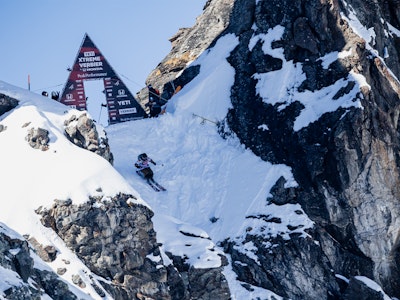
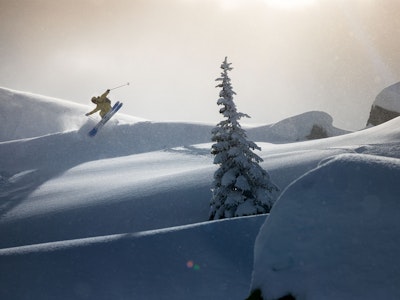


![[GIVEAWAY] Win a 4-Night Karma Campervan Rental and go Ski the Powder Highway](https://www.datocms-assets.com/163516/1767816935-copy-of-dji_0608-1.jpg?auto=format&w=400&h=300&fit=crop&crop=faces,entropy)

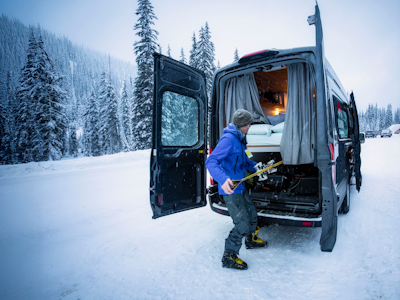
![[Deep Dive] Atomic Backland 95 Review](https://www.datocms-assets.com/163516/1751468035-hermann_maier_touring_2023_2024_8-jpg-high-res.jpeg?auto=format&bg=FFFFFF&w=2000)